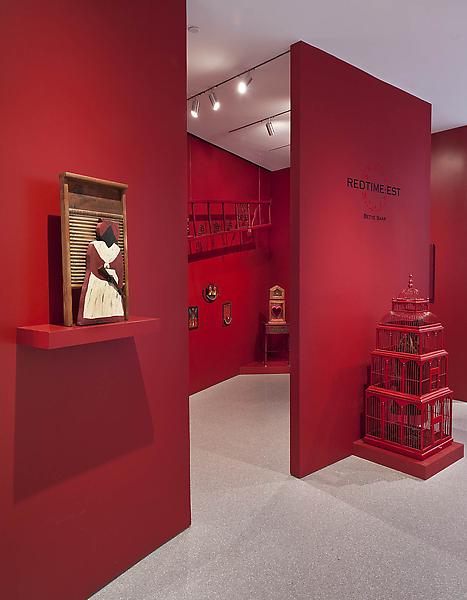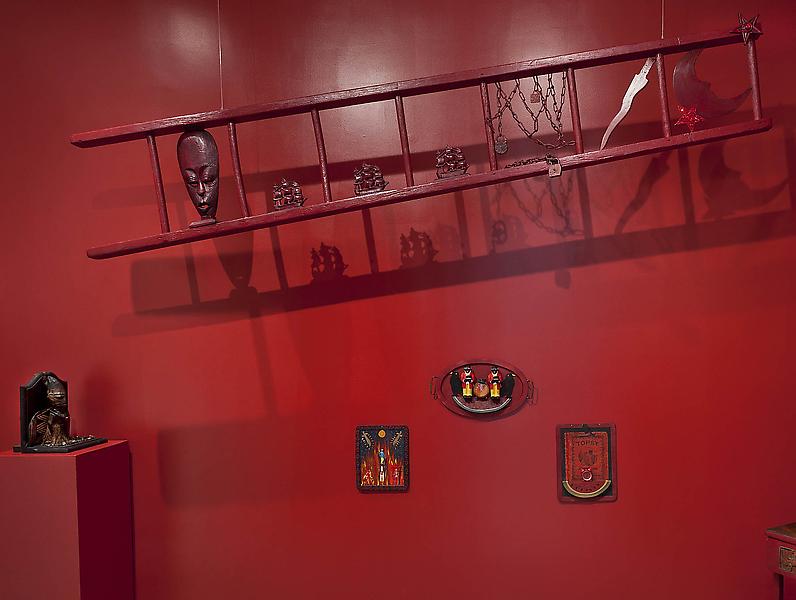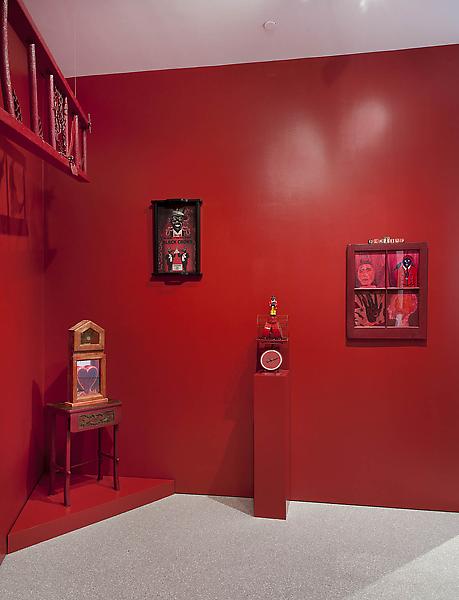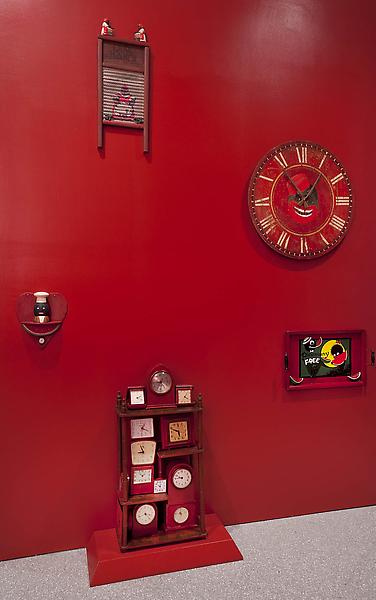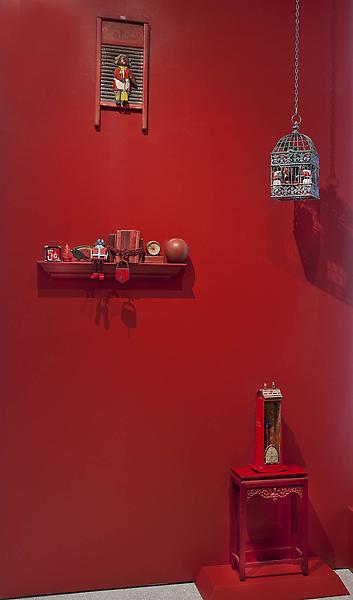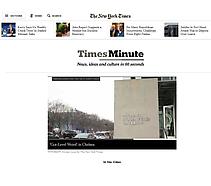Opening Reception: Saturday, March 15, 2014 / 5:00-7:00pm
The artist will be present.
REDTIME: EST is a selection of assemblages which focus on political works by Betye Saar, dating from 1966 to 2014.
In the late 1960s, I began to collect derogatory black images. Then the murder of Dr. Martin Luther King, Jr. triggered a creative retaliation and I made The Liberation of Aunt Jemima (1972). This assemblage transformed a demeaning mammy figure in to an empowered warrior.
Throughout the years, several series of my art have used derogatory images where I recycled windows, washboards, trays and cages. REDTIME: EST is a collection of assemblages which emphasize the color red – the color of anger, danger, violence, heat, passion, blood and fire.
REDTIME: EST is my visual tribute to the fiftieth anniversary of the Civil Rights Act of 1964.
- Betye Saar Artist Statement
Born in Los Angeles, Betye Saar (American, b.1926) received her BA from the University of California (1949) and pursued graduate studies at California State University at Long Beach, the University of Southern California, and California State University at Northridge. Celebrated for her multimedia collages, box assemblages, altars, and installations consisting of found materials, Saar has explained, “I am intrigued with combining the remnant of memories, fragments of relics and ordinary objects, with the components of technology. It’s a way of delving into the past and reaching into the future simultaneously.”
In her work, Saar voices her political, racial, religious, and gender concerns in an effort to “reach across the barriers of art and life, to bridge cultural diversities, and forge new understandings.” In 1998, with the series Workers + Warriors, Saar returned to the image of Aunt Jemima, a theme explored in her celebrated 1972 assemblage, The Liberation of Aunt Jemima. Subsequent series have sought to reveal marginalized or hidden histories; she has examined the social invisibility of black Americans in service-oriented jobs, the construction of racial hierarchies based on skin tone within black communities, and the ways that objects can retain the memories and histories of their owners.
Saar has received numerous awards of distinction, including two National Endowment for the Arts Fellowships (1974, 1984), a J. Paul Getty Fund for the Visual Arts Fellowship (1990), a Flintridge Foundation Visual Artists Award (1998) and most recently, in 2013, the Museum of Contemporary presented her with the Distinguished Women in the Arts Award. In 1994, she and artist John Outterbridge represented the United States at the 22nd São Paulo Biennial in Brazil. In 2005, the University of Michigan Museum of Art organized the traveling exhibition Betye Saar: Extending the Frozen Moment, which examined the use of photographic fragments in her work. A role model for generations of women, Saar has raised three daughters, including two accomplished artists (Alison and Lezley). In 2005, the Ackland Art Museum at the University of North Carolina presented work by all three Saar artists in the traveling exhibition Family Legacies: The Art of Betye, Alison and Lezley Saar. Her work is represented in numerous museum collections including the Detroit Institute of the Arts, High Museum of Art in Atlanta, Los Angeles County Museum of Art, Museum of Fine Arts in Boston, the Metropolitan Museum of Art, Studio Museum in Harlem, and Whitney Museum of American Art in New York. Her work was featured in eight of the shows that comprised Pacific Standard Time—a suite of twenty-six exhibitions funded by the Getty Foundation that were shown concurrently in museums throughout California in 2011 and 2012. Presently, her work is included in the Brooklyn Museum of Art traveling exhibition Witness: Art and Civil Rights in the Sixties.
Michael Rosenfeld Gallery LLC has represented Betye Saar since 1996. REDTIME: EST is her first site specific installation at Michael Rosenfeld Gallery but it’s her sixth solo presentation of her work; five Michael Rosenfeld Gallery publications are available.


